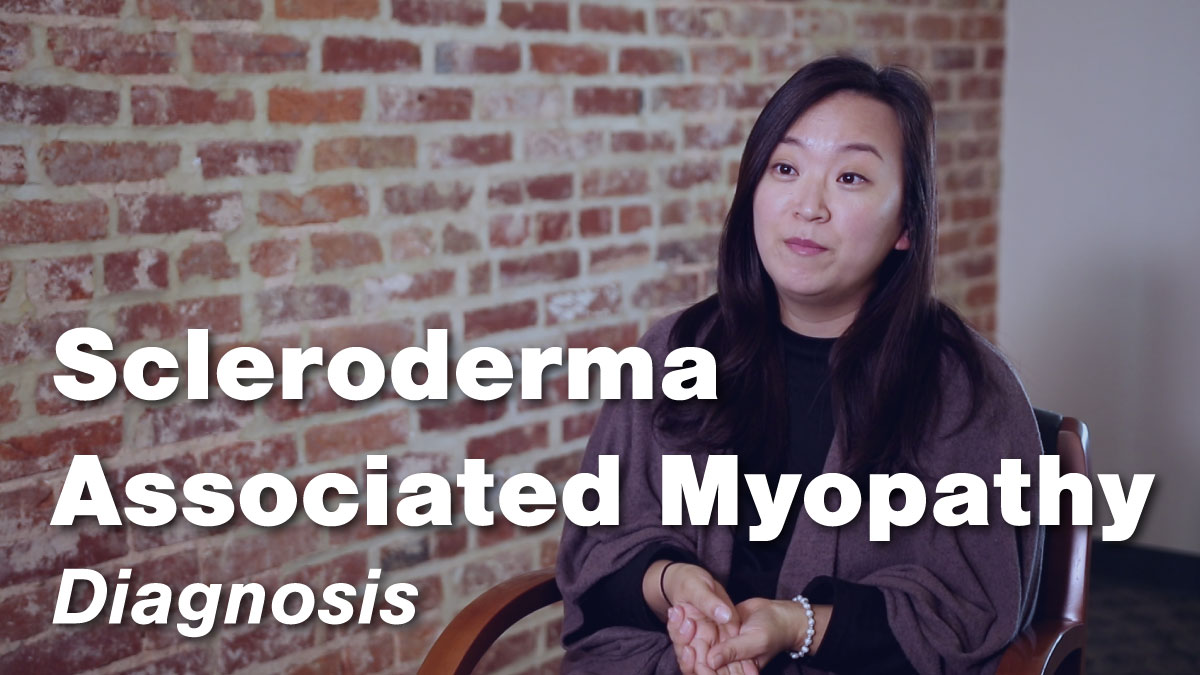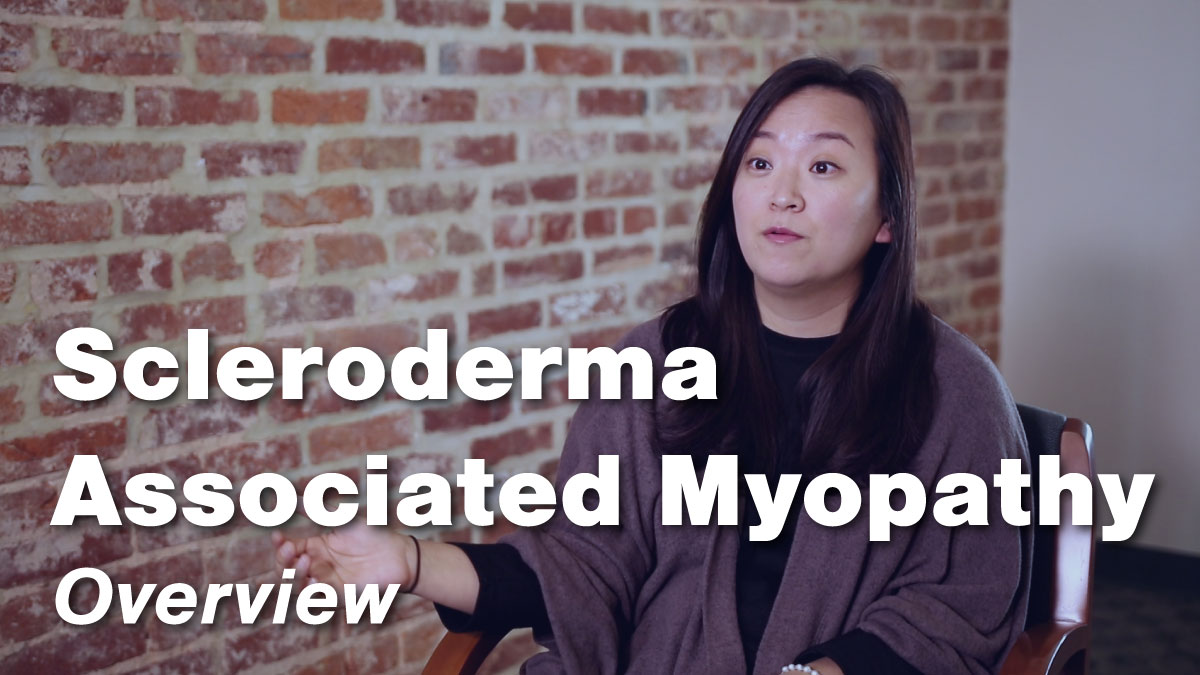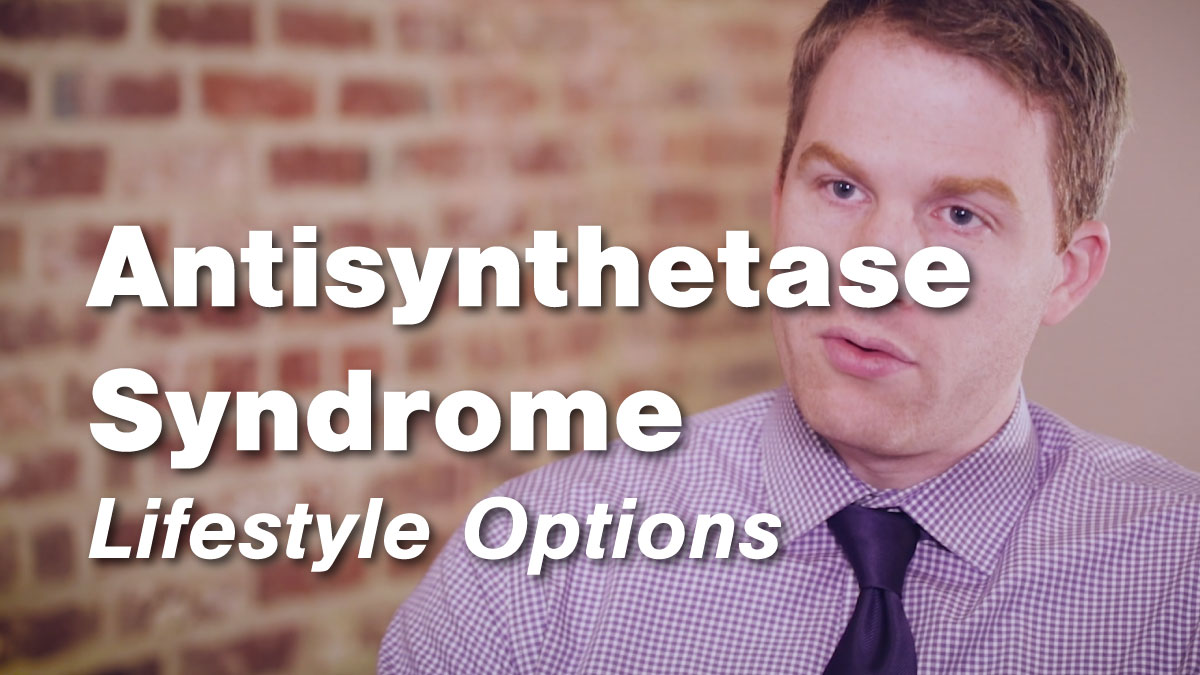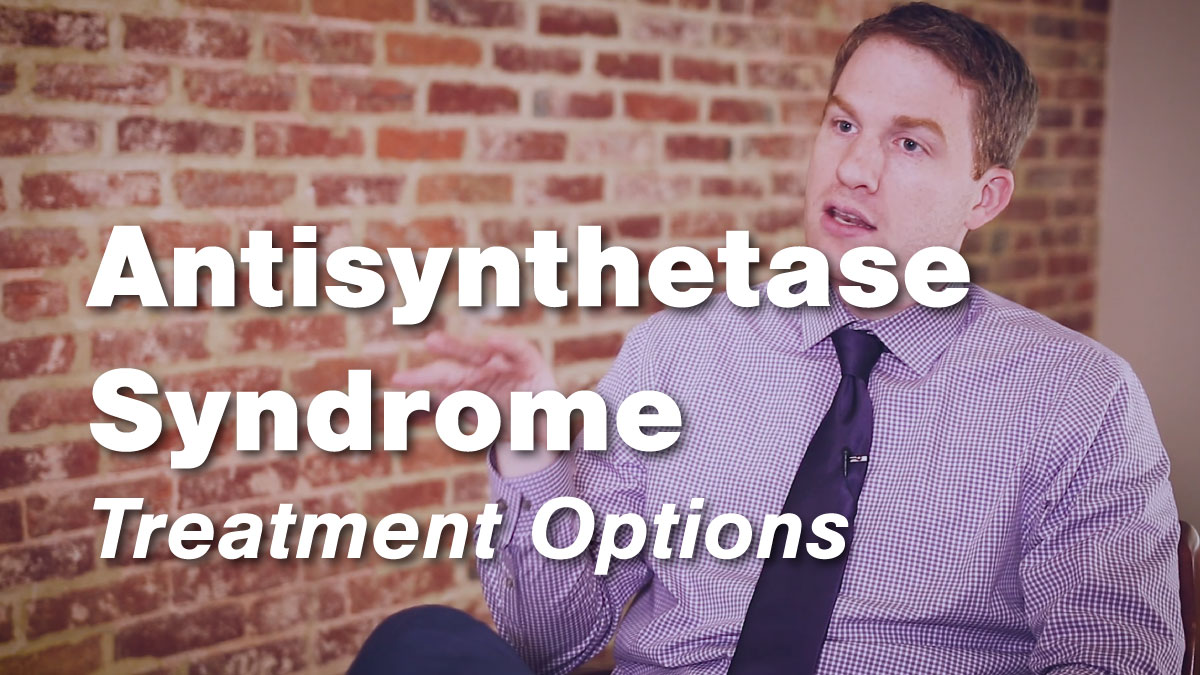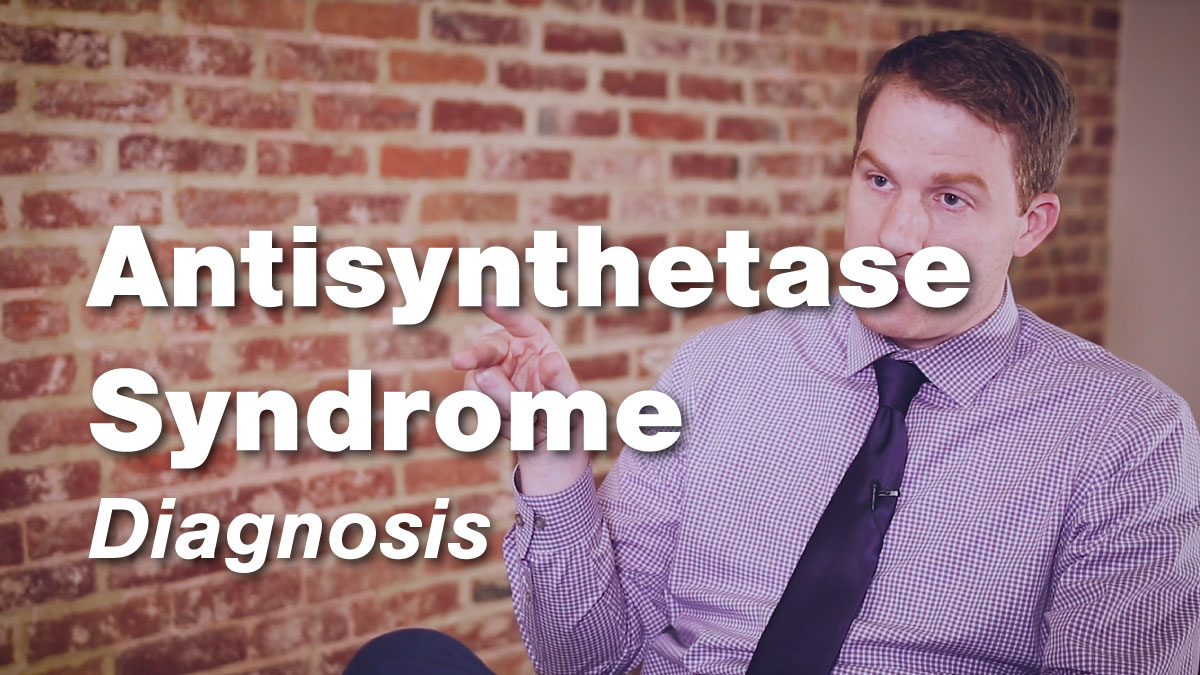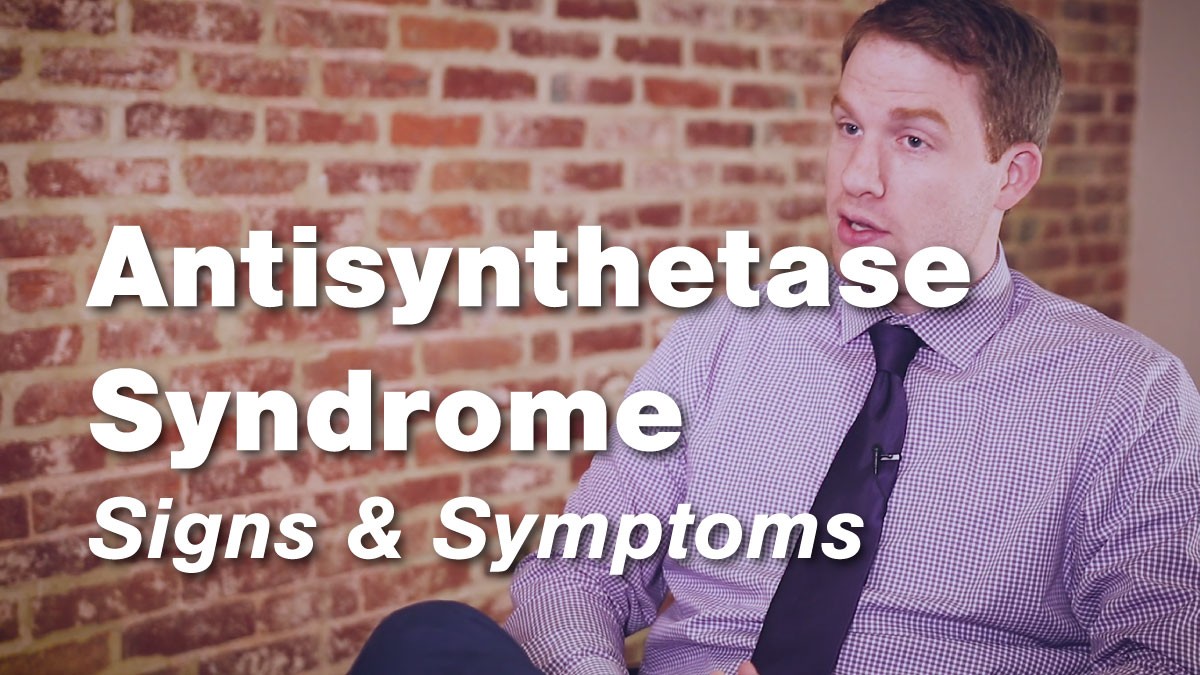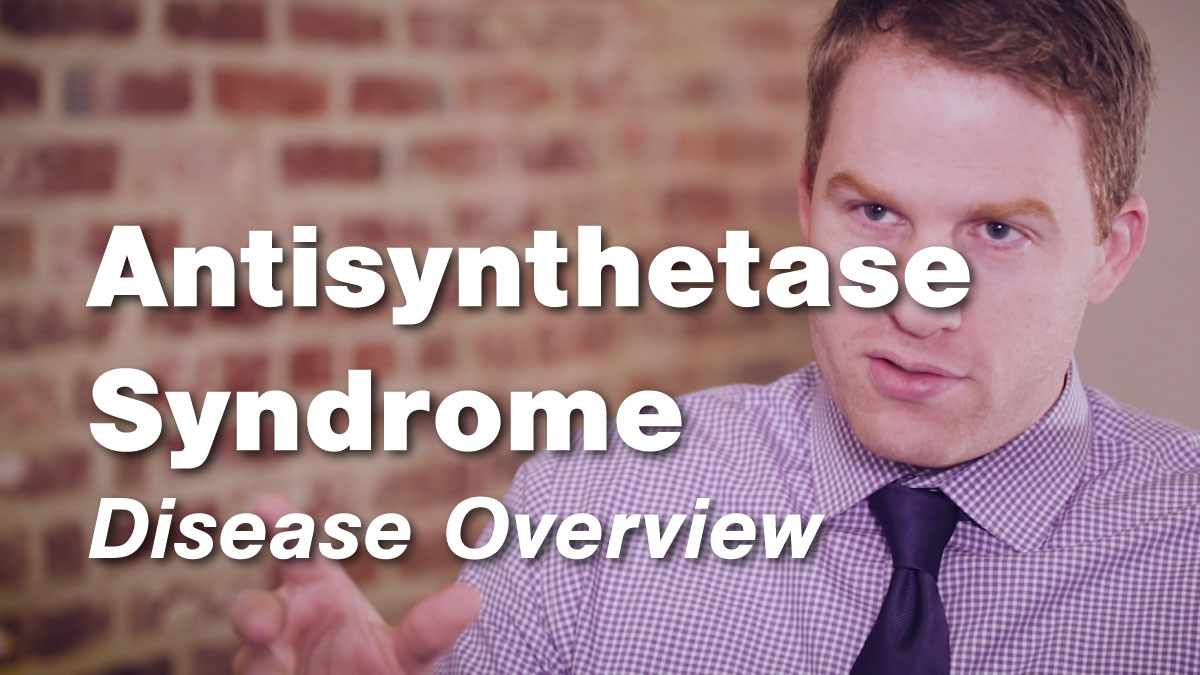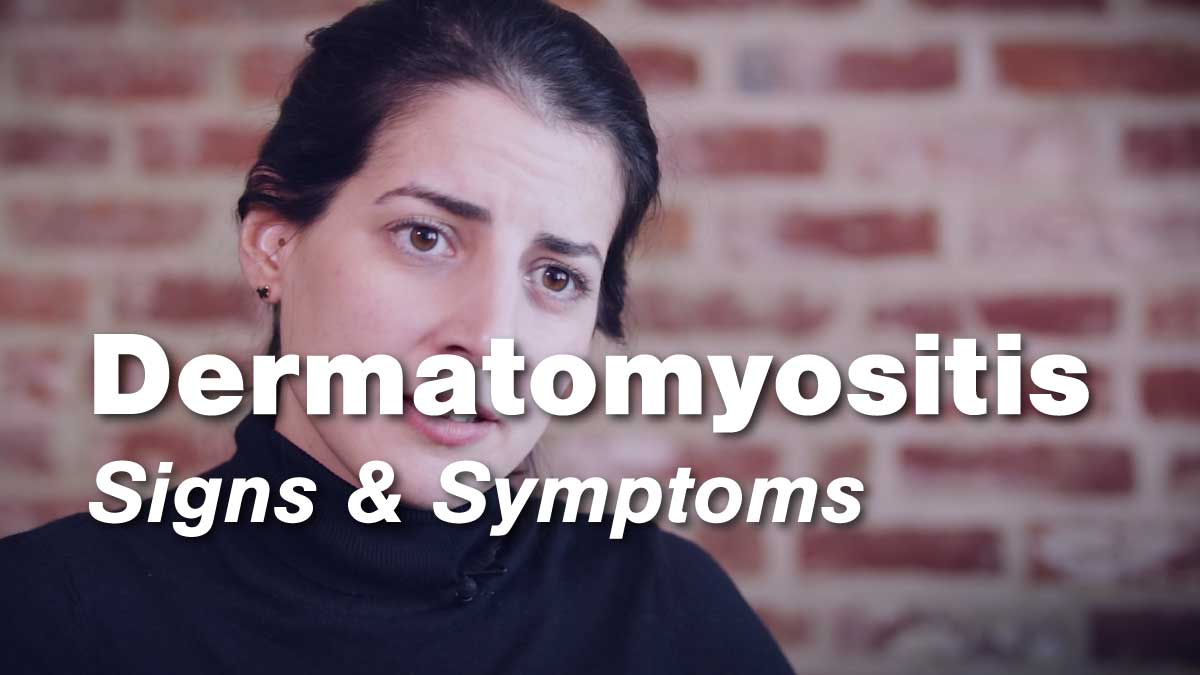
A common complication in any of the rheumatic diseases is Reynaud’s disease, and Dermatomyositis is no different. Dermatomyositis presents symptoms in many ways; however, the most common signs are skin, muscle, and lung issues. The skin usually presents a rash (like a sunburn) that doesn’t go away, there is progressive muscle weakness, and lung inflammation that causes extreme shortness of breath. In this video series, Dr. Eleni Tiniakou, a physician at the Johns Hopkins Myositis Center, explains the common symptoms of Dermatomyositis.
